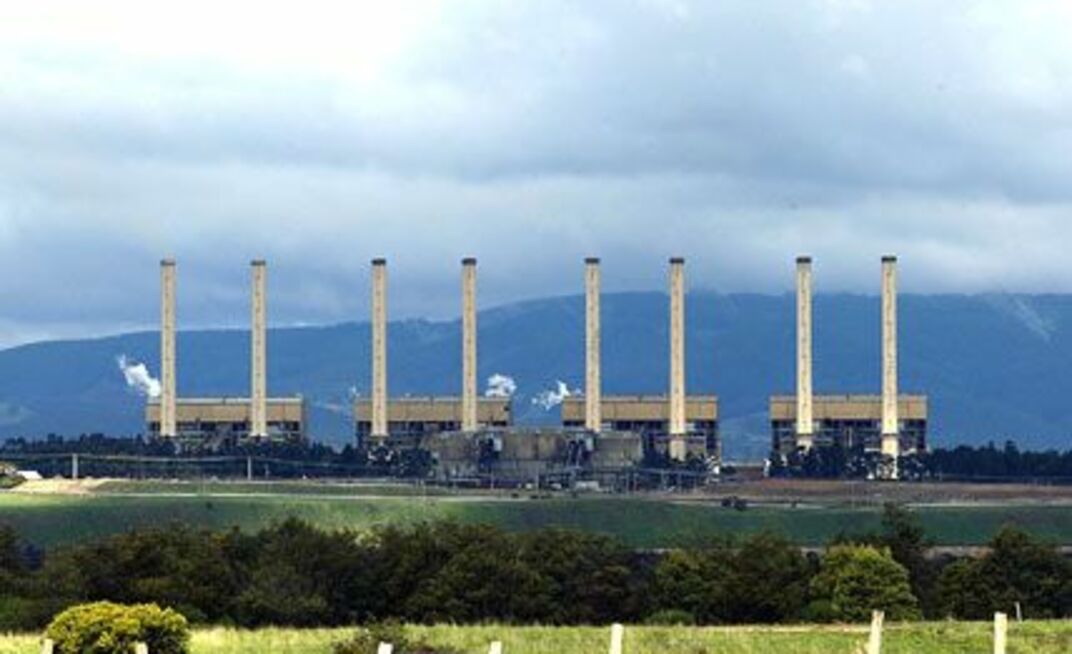The spent fly ash from the Latrobe Valley power plant in Victoria will be transformed into 5000 tonne per annum at a plant to be constructed at Morwell.
A 5000tpa plant would be sufficient to meet 50% of Australia’s annual domestic consumption, all of which is presently imported.
The plant will also produce a supplementary cementitious material that is a suitable replacement for cement in the production of concrete.
These two products will use over 90% of the fly ash waste stream from Hazelwood.
Once the plant is operating successfully LMG intends to expand the plant to produce 40,000tpa of magnesium, a move that will also use the fly ash contained in the Hazelwood ash dams.
It is envisaged that this expansion will be undertaken within 18 months of commissioning the initial plant and directly employ up to 150 people.
About 800 people are expected to be employed directly or indirectly through the construction and operating phases.
The letter paves the way for LMG and Hazelwood to enter into a fully-termed agreement for the supply of ash and the installation of associated delivery infrastructure.
LMG has been working towards commercialising its technology since 2001.
Hazelwood and LNG will now attempt to finalise a deal that can be executed once a bankable feasibility study in completed, expected to be in December.
Plant construction is targeted for March 2016.
LMG’s first bankable study was targeted for completion in 2003, so the Latrobe magnesium plant is by no means a done deal.
The Latrobe project has its roots in the 1990s when the then owner of Hazelwood teamed up with a private company, Magnesium Investments, to assess the potential to take the by-product of brown coal combustion, which in the Latrobe Valley has a uniquely high magnesium content of up to 12%.
Fly ash is an economical source of magnesium as it avoids the costs of mining and double handling.
Initially, fly ash will be sourced from the Hazelwood power station and its adjacent waste ponds, but gradual expansion could see the company treating the mountains of fly-ash from the nearby Yallourn and Loy Yang power stations.
In the distant past LMG had discussions with all the power plant owners in the Latrobe Valley and expected it could produce up to 100,000tpa
Hazelwood had contracted to supply 470,000tpa of fly ash per year, with Yallourn to provide 320,000tpa of waste.
Around 1.2Mtpa of fly ash would be needed to produce 100,000t of magnesium metal.
Magnesium is increasingly being used in the manufacture of automotive vehicles to reduce their weight, which reduces fuel consumption and greenhouse gasses.
Magnesium alloys are also used in other products such as laptop computers, mobile phones and power tools.
Hazelwood comprises a 1542 megawatt power station and an adjacent brown-coal lignite mine that produces up to 18Mtpa of coal.
Hazelwood is jointly owned by GDF SUEZ Australian Energy (72%) and Mitsui & Co (28%).
LMG was backdoor listed into former miner turned IT dot-com era bomb Rambora Technologies to develop the fly ash process.
The Latrobe project came about during a brief period between 1999 and 2007 when the specialty metal was in a boom phase.
There were eight projects in Australia looking to place over 450,000tpa of magnesium metal production capacity in the world, which was far more than total global magnesium metal production in 1999 was 397,400t.
The major player was the Australian Magnesium Corporation, which was established to develop and commercialise a new Australian-developed Magnesium process technology developed by the CSIRO and Queensland Magnesium Corporation, which had made the Kunwarara magnesite discovery in the 1980s but had struggled with its development.
The wheels came off when a demonstration plant 1500tpa demonstration plant that was built at Gladstone, but produced just 300t of magnesium metal in two years, even as costs increased.
A full-sized project had a price tag of $2 billion and the project was shelved, effectively ending Australia’s magnesium sector.
Other projects, such as Crest Resources’ Arthur-Lyons River magnesite deposit in Tasmania, Pima Mining’s Samag project at Leigh Creek in South Australia, and Golden Triangle Resources’ ambitious Woodsreef asbestos tailings project in New South Wales and a joint venture between Andrew Forrest’s Anaconda Nickel and Norsk Hydro fizzled when Anaconda’s nickel laterite plant at Murrin Murrin ran into its operational issues.
At the same time China ramped up magnesium production, boosting world magnesium metal output to 620,000tpa in 2009.
By 2009 China accounted for 81% of world magnesium metal production, with the metal in demand for magnesium-ion batteries, planes and bikes, however in recent times the Chinese government has started ordering shutdowns of expensive and energy-intensive products due to low metals prices, or policies aimed at reducing pollution or conserving power, and that could reduce China’s output.
























